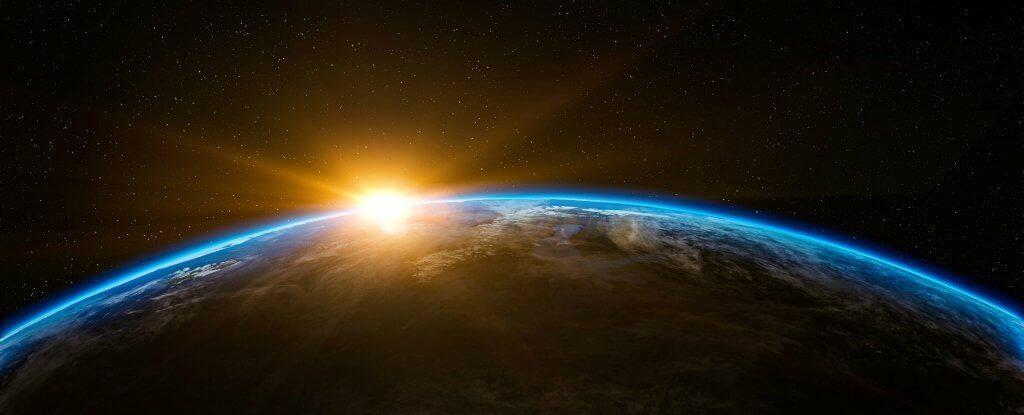
In 1992, more than 1,700 of concerned scientists, including the vast majority living at that time, Nobel laureates, published an open letter, appealing to all inhabitants of our planet. The message was simple: if we do not soon take decisive action, all of humanity faces serious problems, and our planet will be “irretrievably mutilated”. After 25 years, the scientific community States that the situation only worsened.
In the new appeal, which listed main threats to the existence of intelligent life on Earth, was signed by 15 364 scientists from 184 countries of the world. The second “warning to humanity” was published in the journal BioScience. One of the co-authors, Thomas Newsome, researcher, Deakin University and the University of Sydney, says that, perhaps, is the biggest support I have ever managed to bring together under a scientific publication.
“It’s just amazing the response we could expect,” said Newsome.
The article was prepared in the USA, and later appeared in Australia, and then spread and gathered the support of scientists from around the world. Newsome notes that in the first day of publication, about four months ago, the call of scientists responded to the 600 scientific experts.
In the original article of 1992, scientists and experts have reported about the growing concern with the observed destruction of the biosphere of the planet caused by anthropogenic influence. In their paper, the researchers described nine areas of highest concern. Among them is the depletion of the ozone layer, deforestation, climate change and excessive population growth.
“In the new work, we returned to these problems and tried to identify possible positive changes, based on new data collected over 25 years,” explains Newsome.
It turned out that on the background of the recorded data of the article 1992 of humanity not only coped with environmental problems in some areas, these problems become much more serious. Among the nine given in the first article of the areas of greatest concern, humanity has managed to overcome only with ozone. The specialists noted the positive effect of the phasing out of chlorofluorocarbons, which led to the reduction of the ozone hole in the stratosphere.
In a new article global warming scientists have considered it the main threat to the ecosystem of the planet (since 1992, average global temperatures rose by 0.5 degree Celsius and average annual carbon dioxide emissions by 62 percent). Over this period of time there is a high volume of lesostepnoi, as well as serious problems in the agricultural sector, where in particular it is about significantly increasing the level of consumption of meat.
Among the most frightening factors displayed in the report:
- A decrease of 26 percent of the freshwater resources per inhabitant of the planet;
- The loss of large areas of woodland (121,5 million hectares);
- An increase of 75 percent the number of oceanic dead zones (zones with insufficient oxygen levels)
In addition, over the past quarter century the world population increased by two billion, while the population of other mammals, but also reptiles, amphibians and fish have declined by almost 30 percent. The researchers say, that if these rates continue, by 2050 people on the planet can become more than 9 billion, which, of course, will result in catastrophic and irreversible decline in biodiversity.
For example, the Australia’s biodiversity decline could be traced. In 2017, the continent ranked second in the world in the rate of decline of this indicator, losing the top spot only Indonesia. According to Newsom, in his country, the primary threat for loss of biodiversity is the decline of available habitats.
“Recent reports screaming about the catastrophic increase in the felling of forests in Queensland. Annually harvested about 400,000 acres. This is equivalent to 400,000 football fields, that puts us on par with Brazil,” says Newsome.
“At the same time, the amount allocated to the budget to restore those endangered species of animals and birds is completely inadequate. Our government prefers to spend more money for the restoration of places of production of minerals.”
At the conclusion of their article, the scientists offer solutions that could reduce the negative human impact on the ecosystem of the planet. Among them is the creation of new reserves, the reduced size food waste and the introduction of green technologies.
Over 15 thousands of scientists warned everyone about the impending environmental disaster
Nikolai Khizhnyak